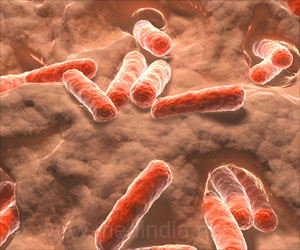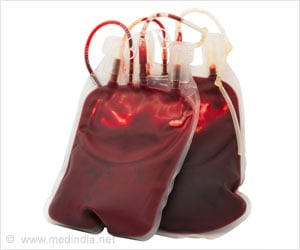A research team, led by an Indian-origin scientist, has identified two genes, CCR5 and CCL3L1, that play a key role in deciding the course of immune restoration in HIV-positive individuals.
A research team, led by an Indian-origin scientist, has identified two genes, CCR5 and CCL3L1, that play a key role in deciding the course of immune restoration in HIV-positive individuals undergoing virus-suppressing therapy.
The study of patients' genes and clinical outcomes, by Sunil K. Ahuja, M.D., professor of medicine, microbiology, infectious diseases and biochemistry at The University of Texas Health Science Center at San Antonio, may signal the need for a change of thought in approaching HIV management.The researchers have shed light on why the immune system of some individuals does not bounce back even after the suppression of HIV-1 replication by highly active antiretroviral therapy (HAART), while it proves beneficial for others.
CCR5 is an HIV-1 co-receptor or portal of entry for the virus into CD4+ T cells, and CCL3L1, is an HIV-suppressing molecule that binds to CCR5.
"The new results suggest that we may be able to personalize the treatment of HIV as we might be able to predict, based on the presence of these gene variations, whether someone will have a better or worse immunological response when taking HAART," Nature quoted Ahuja, as saying.
"We categorized the copy number of the CCL3L1 gene and variations in the CCR5 gene into three categories designated as high, moderate and low genetic risk groups. Those HIV-positive persons categorized into the low genetic risk group did the best on HAART. In contrast, those categorized into the high genetic risk group initially did fine during the first two years of therapy, but then their immune reconstitution failed and their CD4 cell counts began to decline," said Matthew Dolan, M.D., co-lead author of the study.
In a 2005 study by Ahuja's team it was proposed that people having fewer copies of the CCL3L1 gene are increasingly prone to HIV-1 infection and its subsequent progression to AIDS, as compared to individuals from their same ethnic background. Earlier studies also described the CCR5 variations that provide protection.
Advertisement
"When patients fare poorly on HAART, clinicians usually think about genetic mutations in the virus as a possible reason, but this study points to the importance of also alerting caregivers to the importance of a person's CCL3L1-CCR5 genetic makeup as another possible factor for faring poorly on therapy," added Hemant Kulkarni, M.D., a co-author from the Veterans Administration Center for AIDS and HIV Infection.
Advertisement
"By showing that the same genetic makeup increases susceptibility to immune depletion and impaired immune recovery, the authors provide novel tools that may allow us to predict both those who will progress faster after HIV infection as well as those who might benefit from earlier initiation of HAART," he said.
According to Ahuja the study also puts forth the need for new thinking in HIV-1 management.
"The current debate about when to initiate antiretroviral therapy might need to be redirected toward first assessing who should be considered for therapy, on the basis of the host genetic endowment," he said.
The CD4+ restoration was more closely associated with number of copies of CCL3L1 than with CCR5 status.
"This suggests that drugs that mimic or amplify the activity of CCL3L1 could be effective for HIV treatment," said Dolan.
The study is published in Nature Medicine, one of the world's highest-impact journals.
Source-ANI
SRM/L











